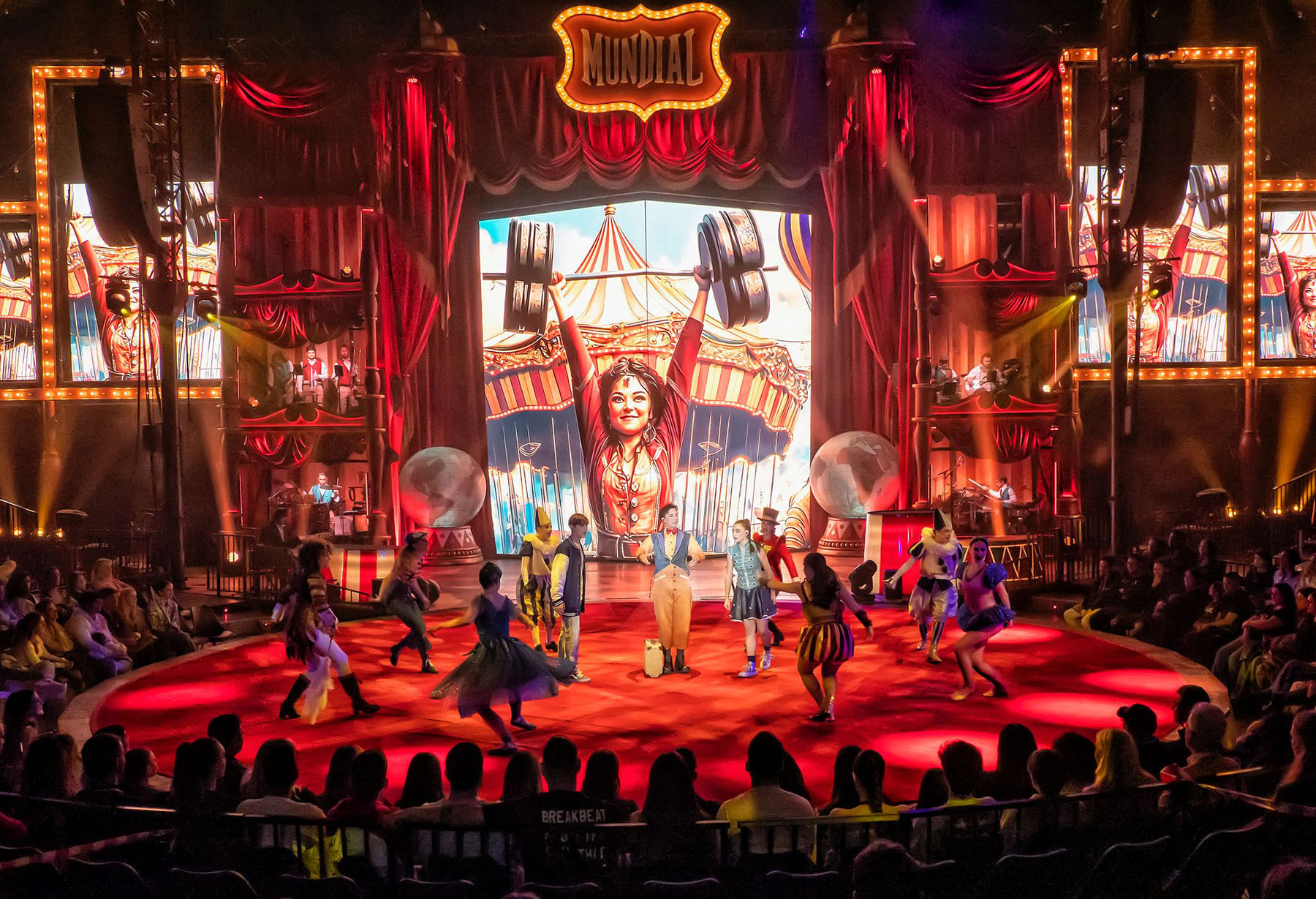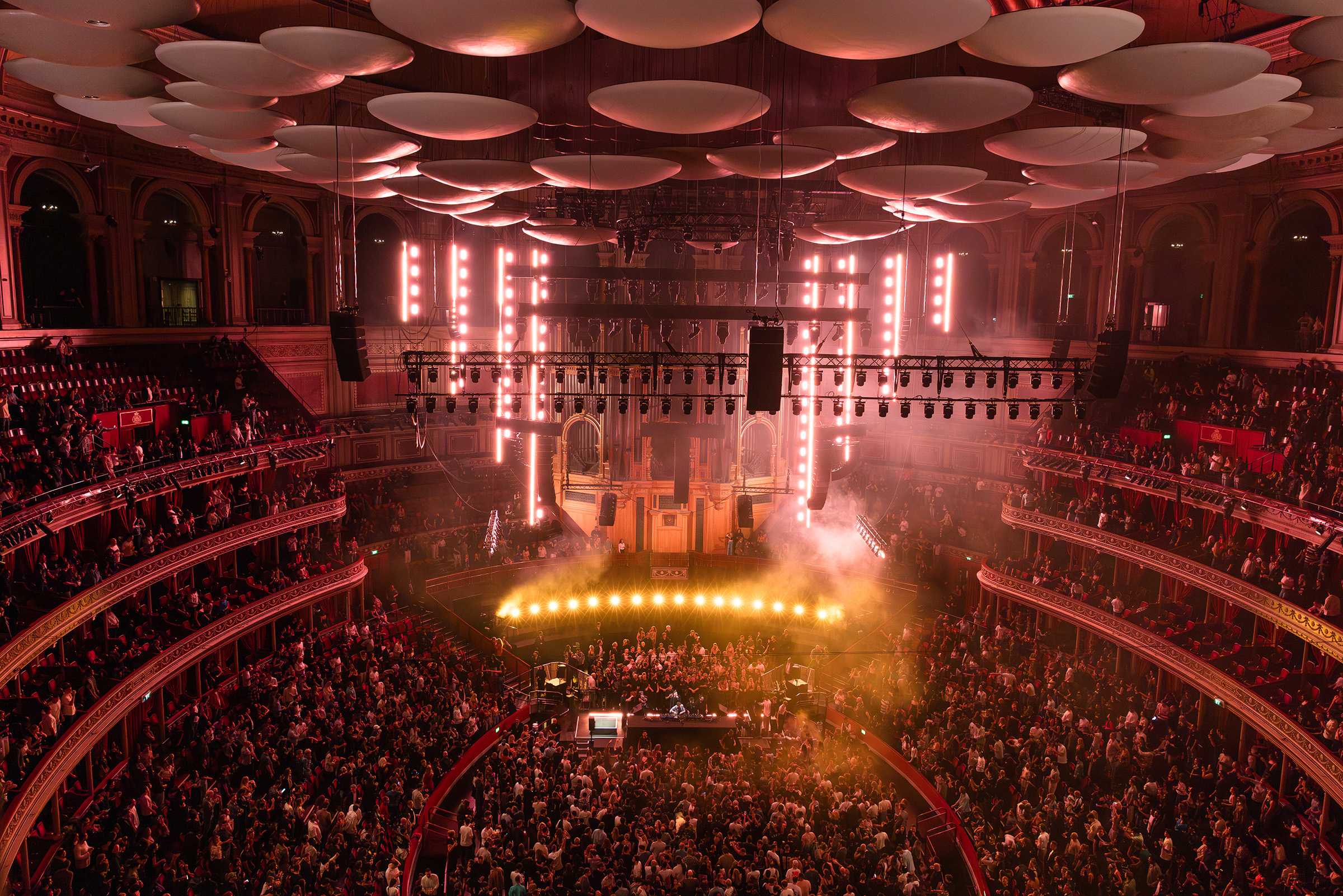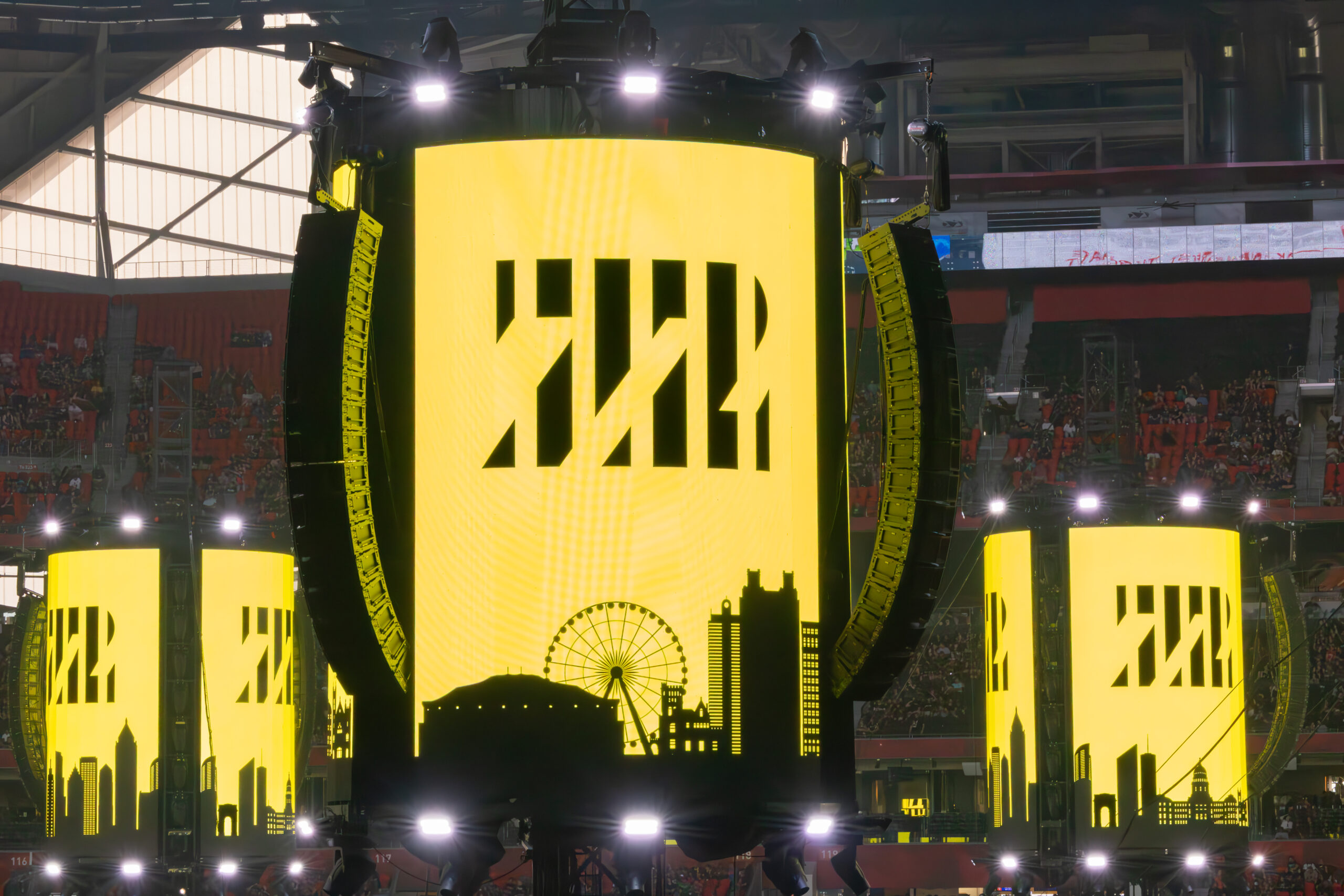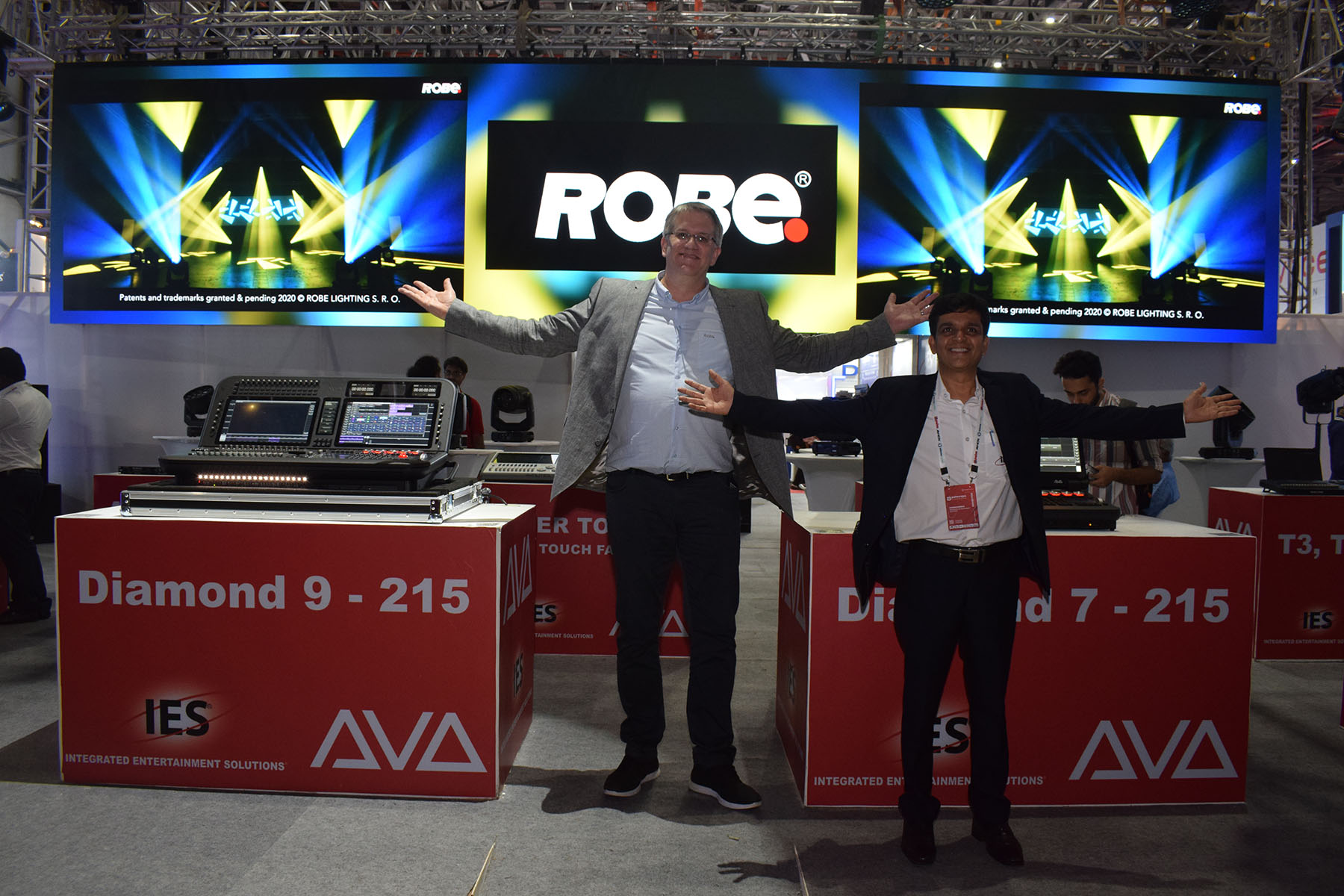LONDON — XL video UK supplied a PixLED screen, cameras, PPU and crew to the 2009 Cliff Richard & The Shadows UK and European tour. LD Derek Jones designed video and lighting for the tour. The idea of the screen emerged when Jones decided that it would be more dynamic and expedient on truck space to replace bulkier scenery pieces with a multi-functional scenic/I-Mag backdrop in the form of a screen.
This enabled them to run abstract and ambient effects as well as show I-Mag, a new style of presentation for Cliff & The Shadows. The Shadows are a leading instrumental and vocal group in the U.K., and Cliff Richard holds the distinction (with Elvis Presley) as a contender on the U.K. singles charts for six decades.
Jones was particularly eager to have I-Mag concentrated center stage rather than on the traditional two side screens, which gave a clear view of the onstage action.
The production designers were also looking for a lightweight solution when production manager Roger Searle approached XL Video project manager Chris Saunders, who arranged a demo for Jones to see XL’s PixLED F11 screen.
The PixLED F11 fulfilled Jones’ preference for high resolution and lightness in weight, so he spec’d a 13.5-meter-by-4.5-meter surface. It is the first time that Jones has worked with XL Video on tour, and he was “very impressed with the quality of the kit and the level of service.”
XL Video also recommended Ray Shaw as video director.
Jones compiled the playback material from a variety of sources — royalty-free online archives, the Catalyst’s onboard library and some that he created himself from scratch. All this was stored in the Catalyst, with the Active Silicon Phoenix graphics cards, and output to screen via Jones’ Jands Vista lighting console. The idea was that there was always a texturing element on the screen, with different and constantly changing camera images overlaid.
The camera feeds were also all routed into the Catalyst to be shaped and output to screen as a mixture of 4:3 and 16:9 aspect ratio images, depending on how much of the screen was being used for that specific shot. They had three camera main areas on the screen to cover the individual images of the three principals, and the whole area could also be used for one large combined image.
Shaw had five cameras at his disposal — three operated Sony HXC100s, two in the pit on track-and-dolly and one at FOH, plus two lipstick cams on the drums, and cut his mix on a Green Valley Kayak mixer.
A scratchy grainy black and white film effect generated from DVD was used for the Shadows, referencing classic camera grading dating back to the 1950s, when they started their careers.
Jones and Shaw worked closely in rehearsals to ensure all the screen images worked together in a seamless mix.
On the lighting side, Jones ensured that everyone was consistently well lit for the cameras. Six Source Four profiles on the front truss were used to light the band, with the three main performers highlighted by color-corrected followspots.
XL’s Chris Saunders noted, “It’s been a great experience for both crew and me to be involved in such an iconic tour. All I have heard is praise for the tour from my crew, linked with a near faultless run, who could ask for more!”
For more information, please visit www.xlvideo.tv,



